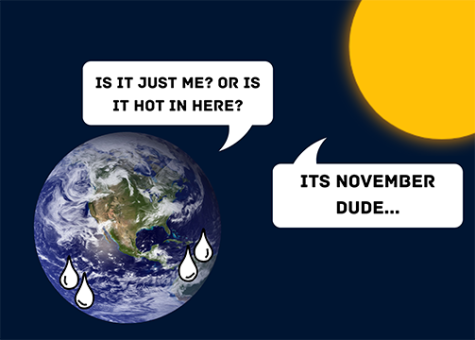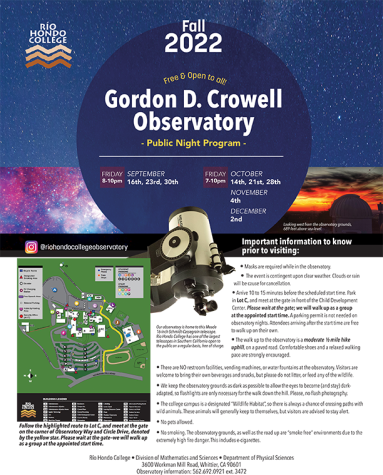Saturn’s Mysterious Hexagon Looks Mesmerizing
NASA found a more detailed look at a hexagon located in Saturn’s northern pole, by its nifty spacecraft called Cassini.
13 years in orbit around Saturn, the spacecraft found wavelengths. From ultra-violet to the infrared using its (CIRS) Composite Infrared Spectrometer.
At the beginning of its mission, it had a hard time gathering information because the northern stratosphere was too cold. Not until 2009, it gradually transitioned to the summer. Keep in mind, Saturn’s seasons can last 7 years.
According to NASA, a vortex was spotted by Cassini as the northern hemisphere nears summertime and the southern hemisphere sitting through winter.
This mesmerizing vortex appears hexagonal, but not in its southern stratosphere. Matching a strange hexagonal cloud pattern that we see deeper down in Saturn’s atmosphere according to Leigh Fletcher of the University of Leicester. Who is also the lead author of the new study.
Saturn’s odd asymmetry between north and south is an odd, but fascinating mystery that NASA continues to study.
This Hexagon’s existence is nearly 38 years old. In the 1980s, Voyager 1 and 2 spacecraft kept an eye on it for decades. At the time, studies found a long-lasting wave potentially tied to Saturn’s rotation. A type of phenomenon that was relatively close to Earth’s Polar Jet Stream.
But this jet stream moves at about 200 mph (320 km/h) and extends about 180 miles (300 km) above Saturn’s cloud tops, up into the stratosphere. It’s intriguing to see Saturn’s jet stream shaped as a Hexagon that is unlike Earth’s jet stream.
“The mystery and extent of the hexagon continue to grow, even after Cassini’s 13 years in orbit around Saturn,” said Linda Spilker, Cassini project scientist.
Spilker says, “I look forward to seeing other new discoveries that remain to be found in the Cassini data.”







